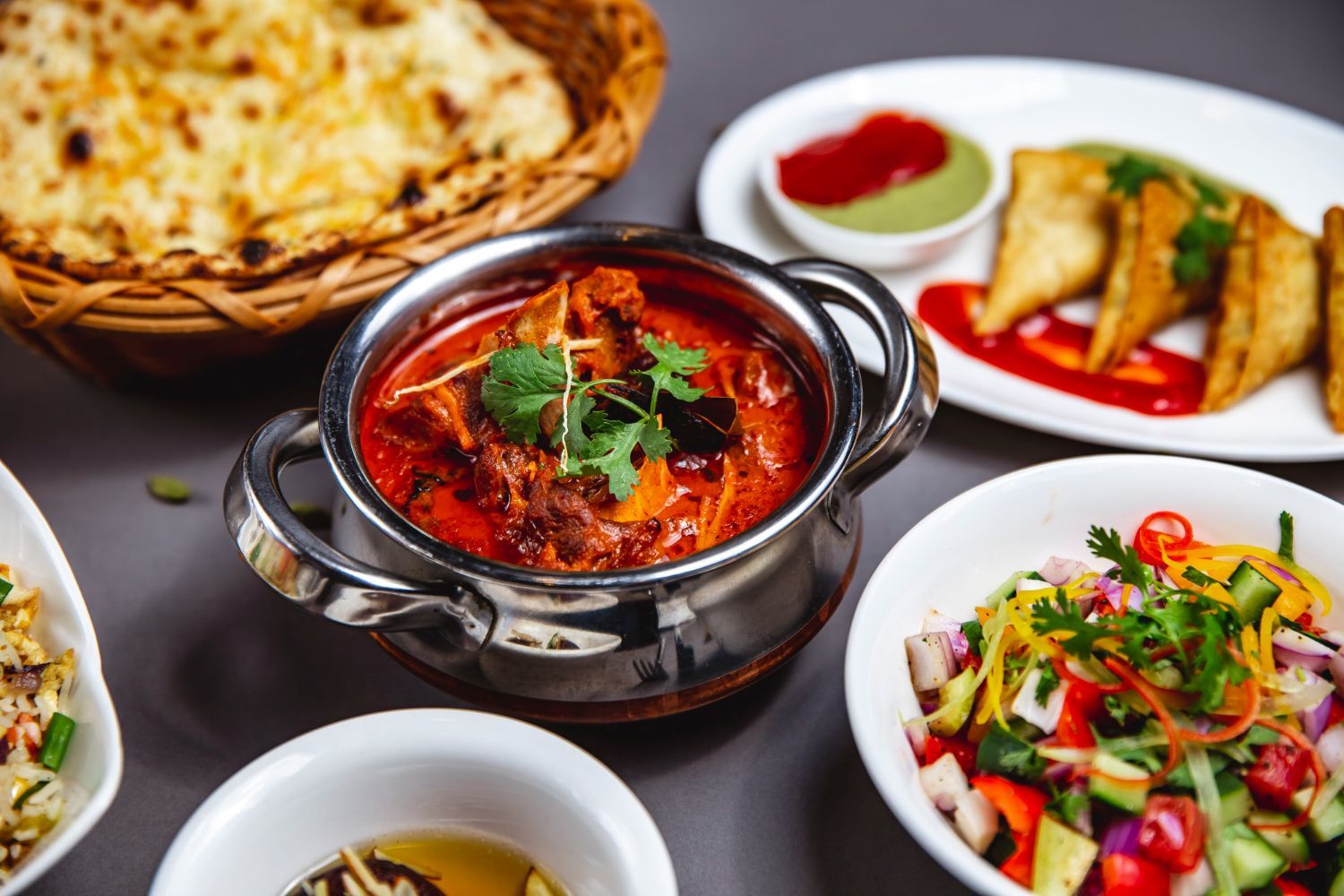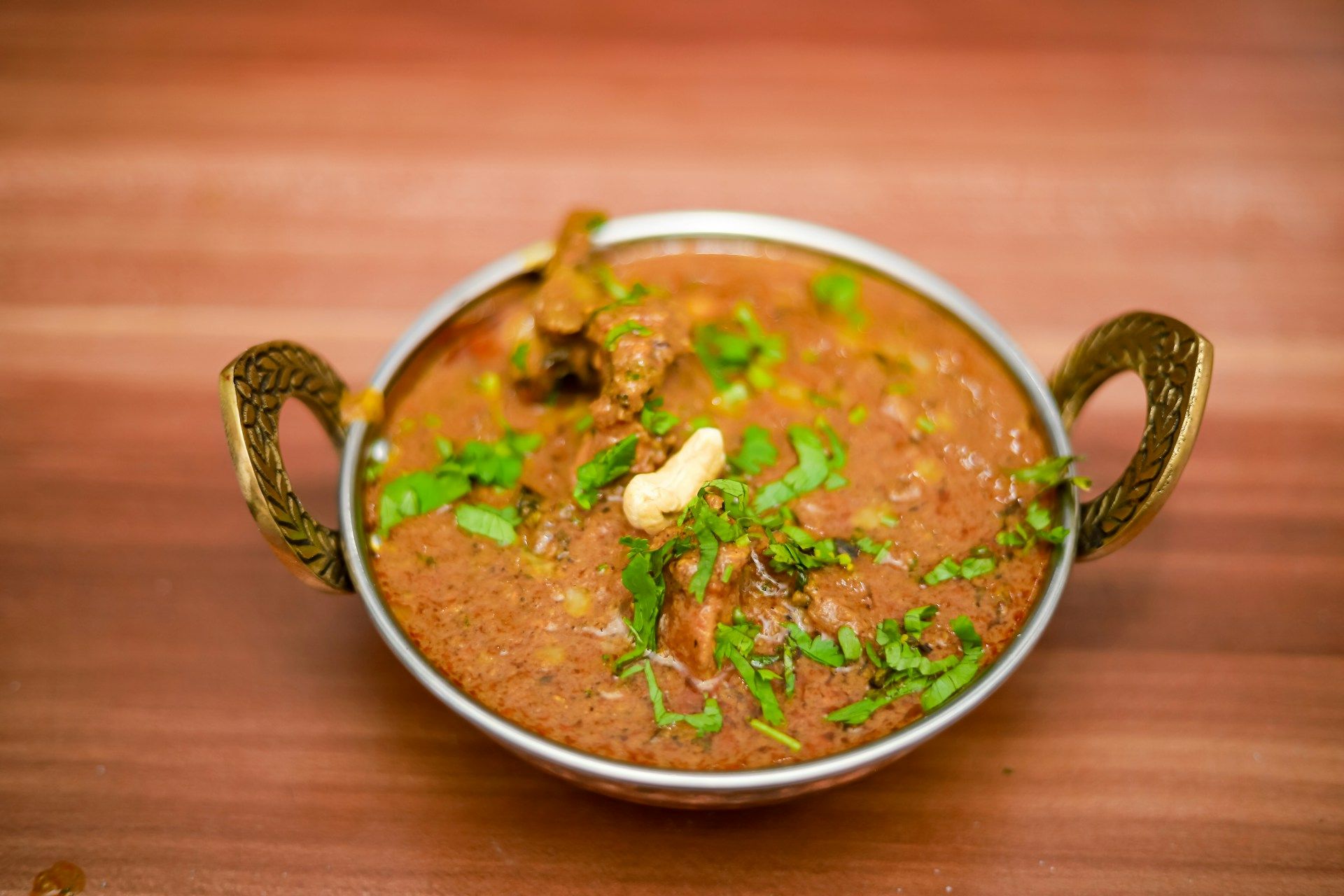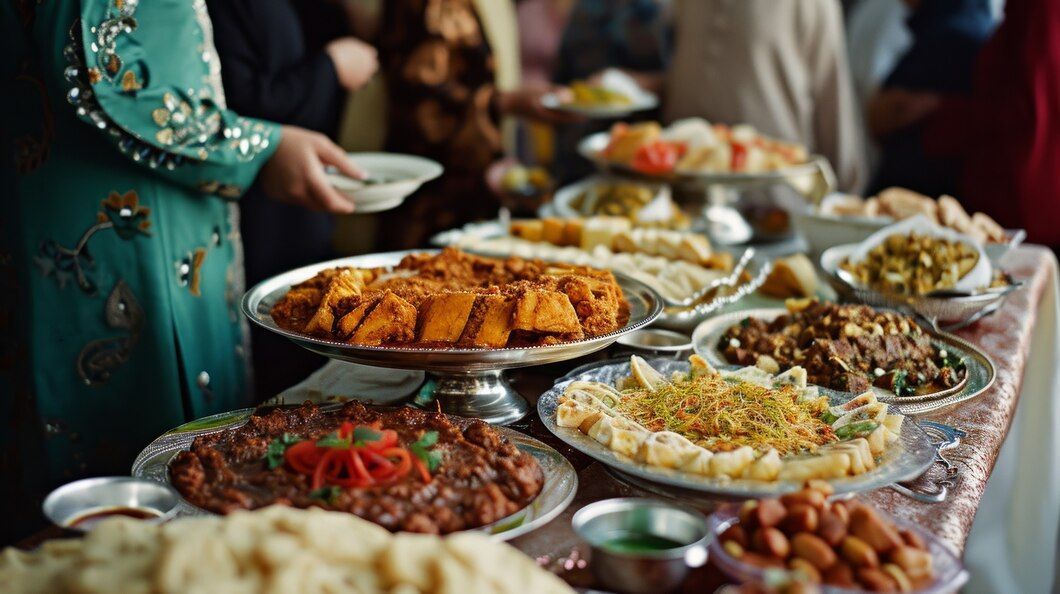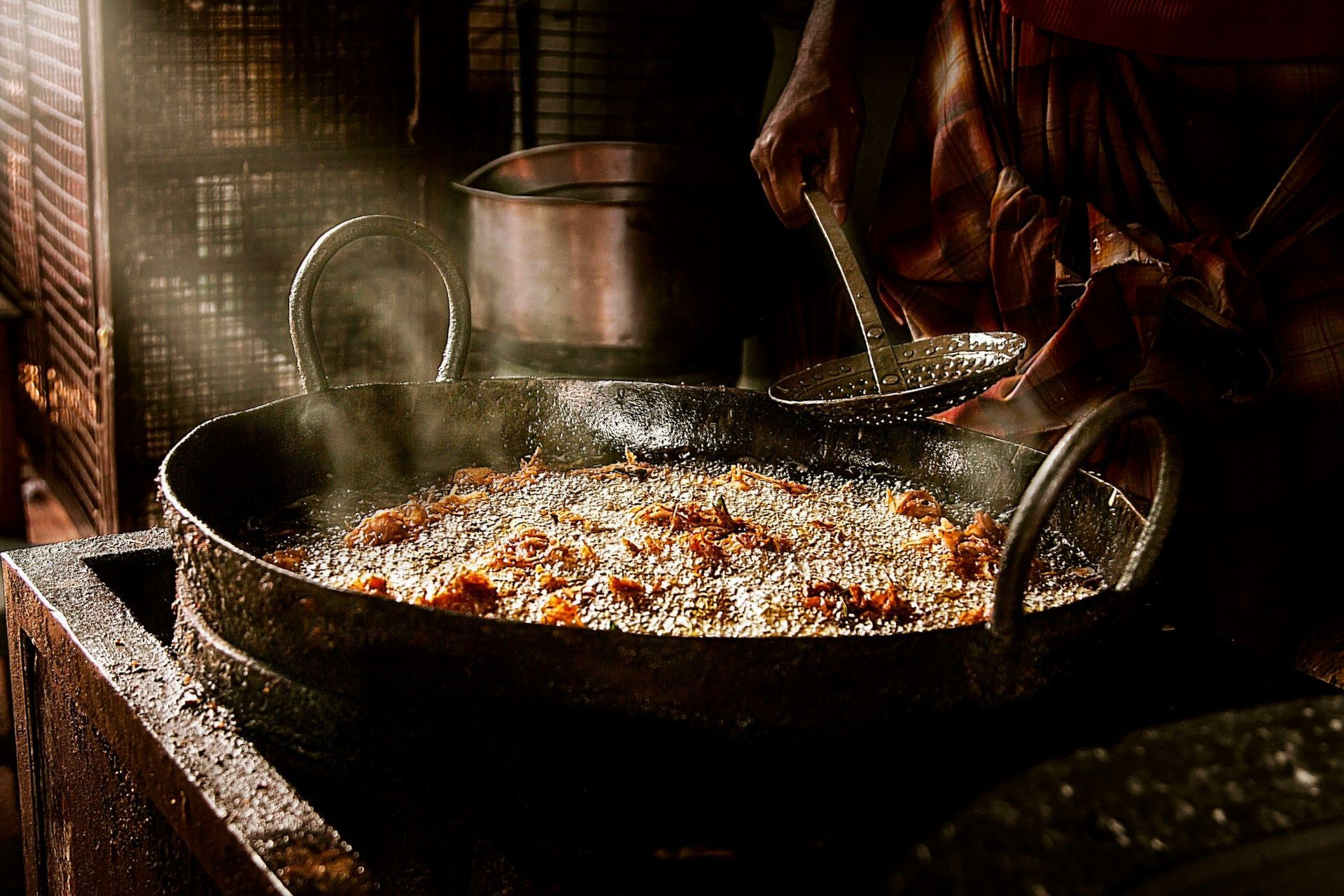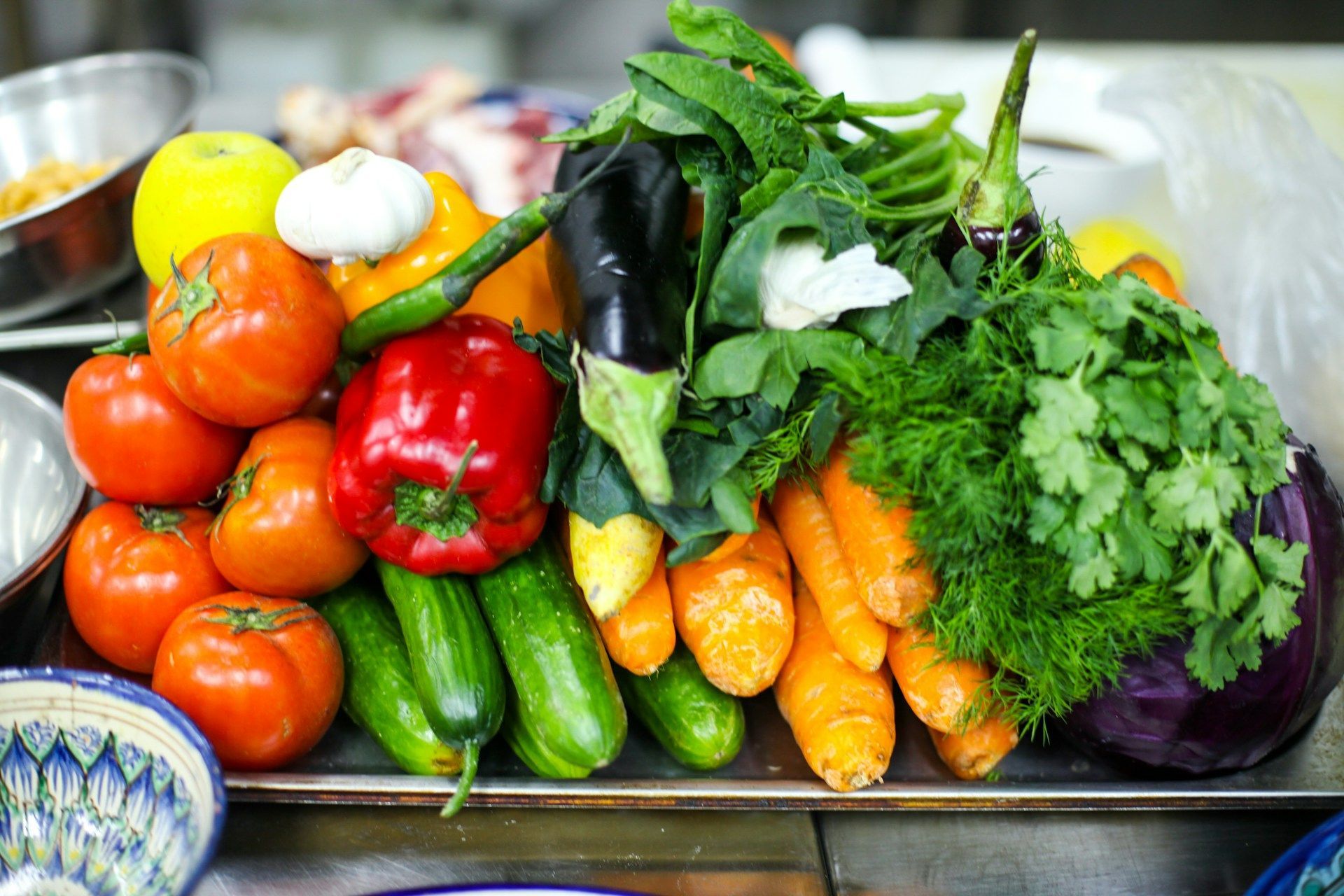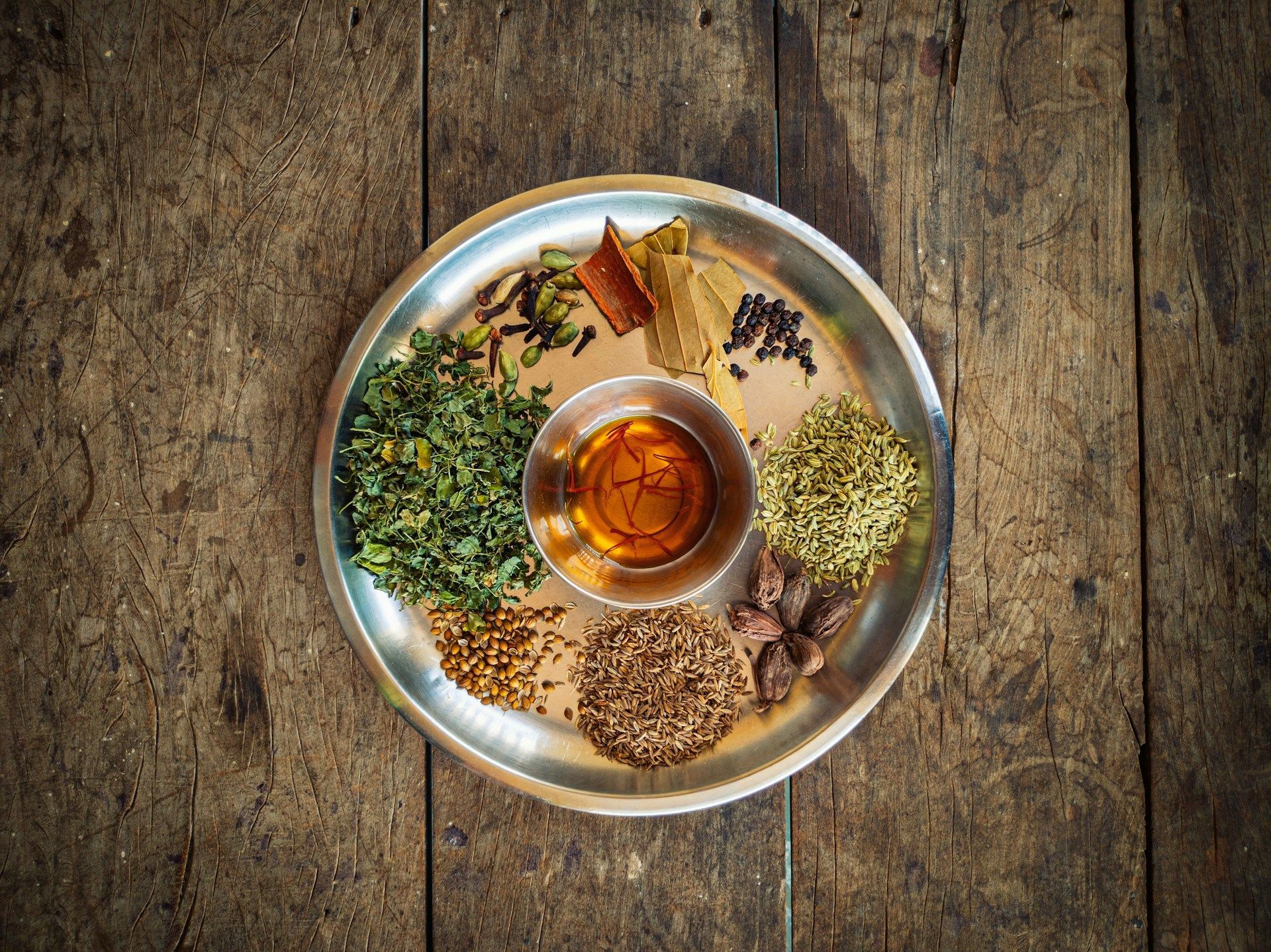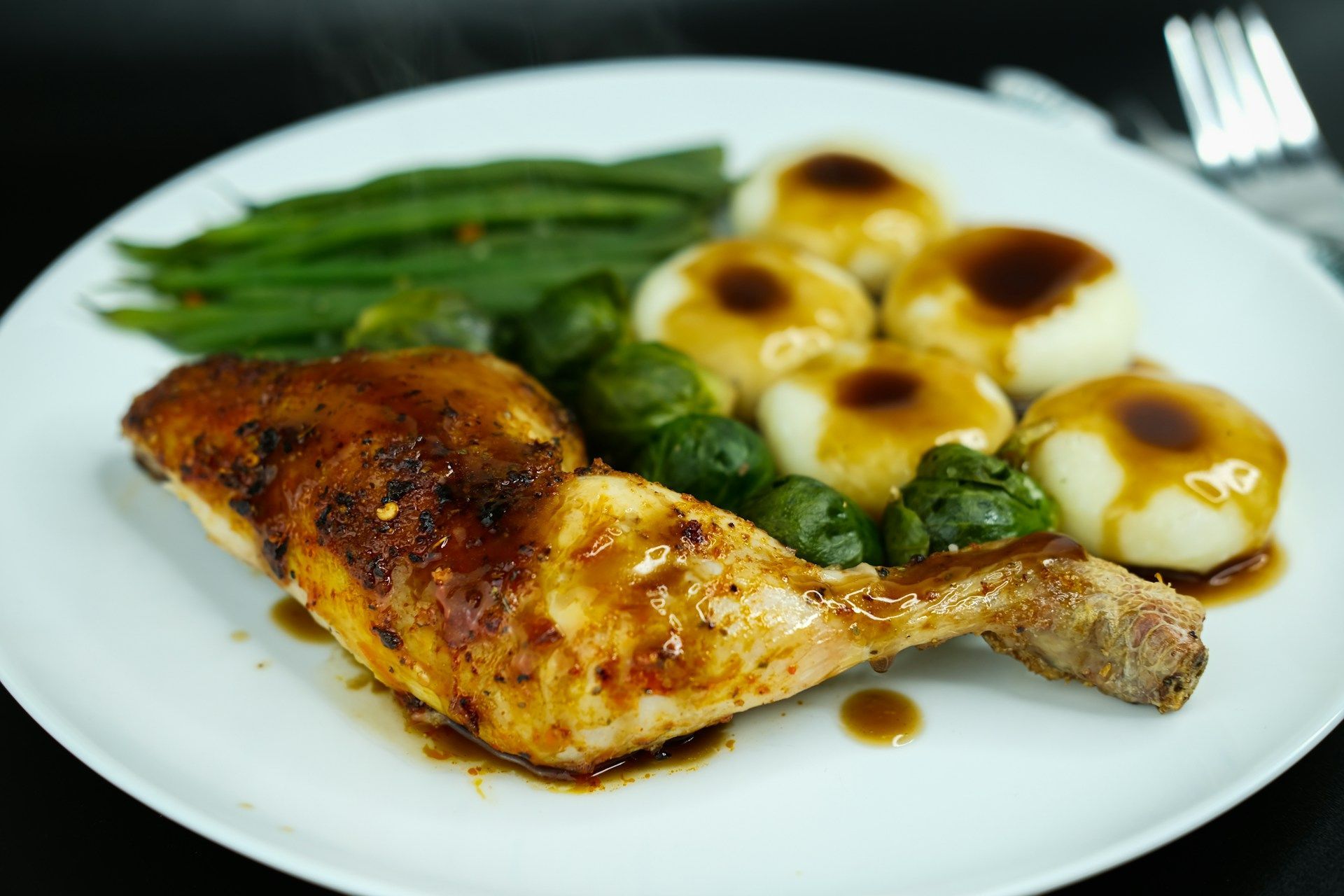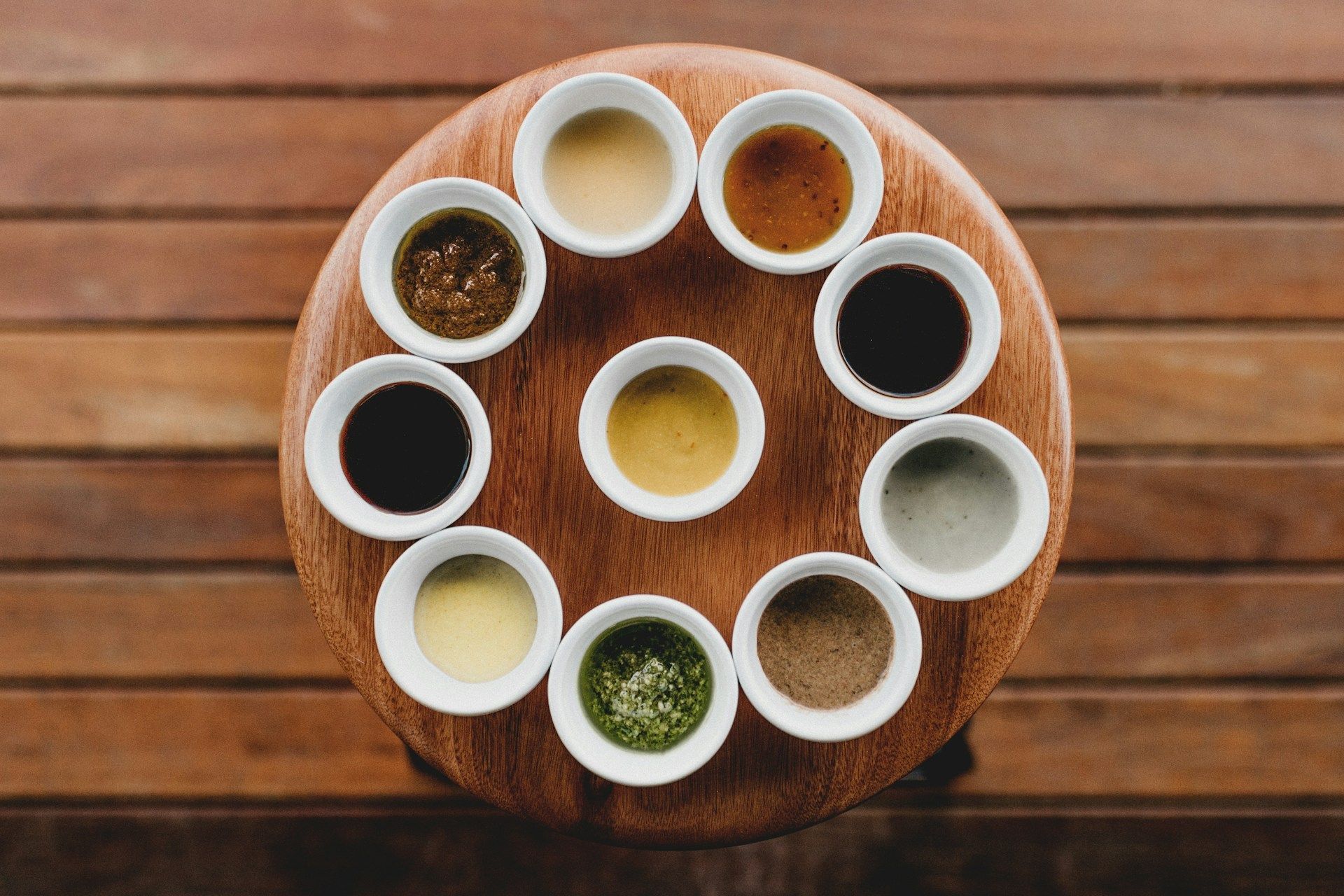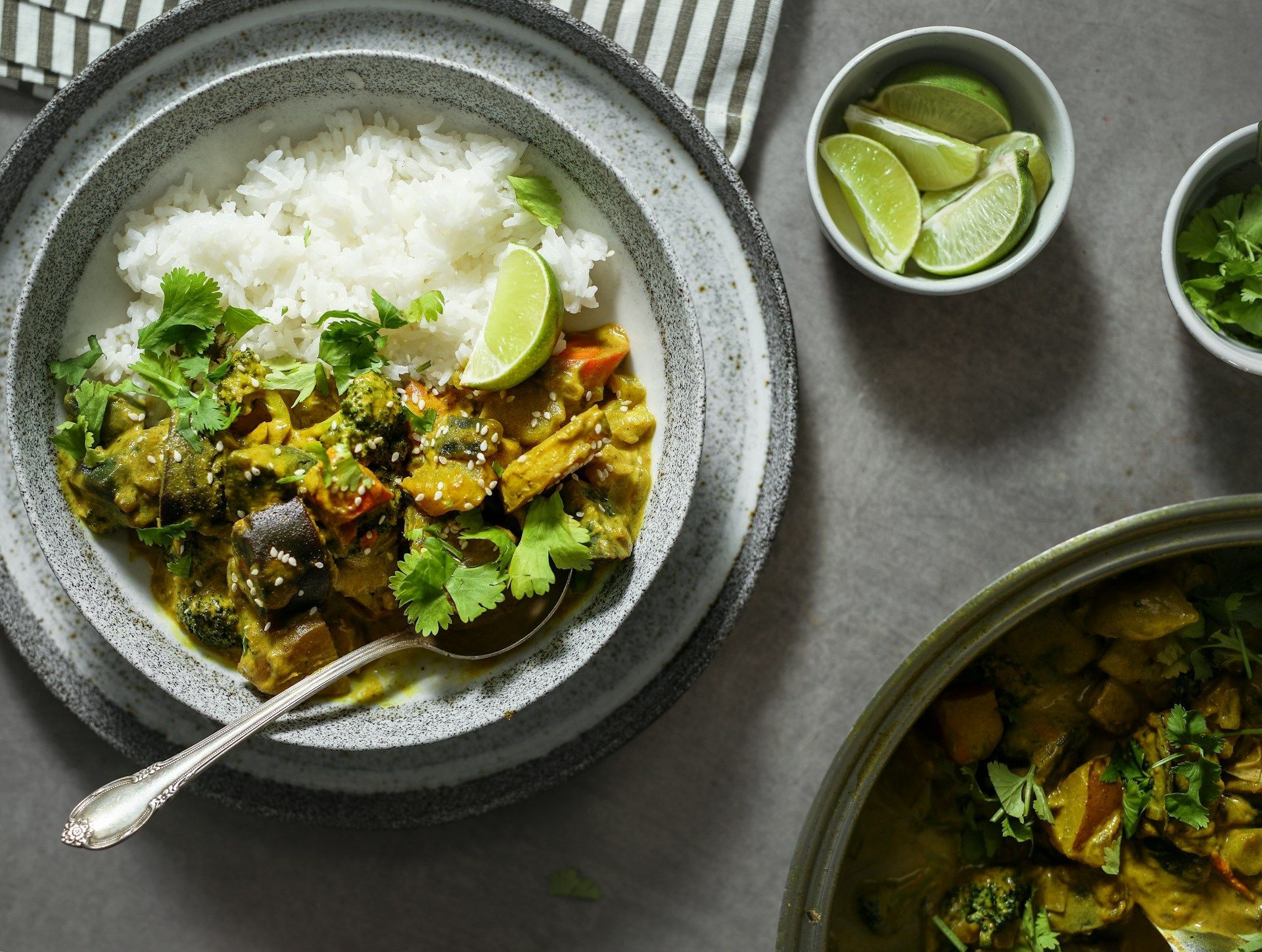What Are Curry Leaves and How to Use Them for Cooking
Are you familiar with curry leaves? Have you tried using curry leaves for cooking?
Curry leaves are widely used in Southeast Asia and are one of the signature flavours, especially in South India.
While curry leaves have a distinct aroma and subtle flavour, their presence as one of the ingredients in cooking can give meals an extra rich flavour.
What Are Curry Leaves
Curry leaves are the small, fragrant leaves of a tropical curry tree. They are not curry powder or curry spice, which is an Indian spice blend that typically contains turmeric, cayenne pepper, coriander, cumin, mustard seeds, ginger, garlic and other spices.
Curry leaves have a similar taste to curry powder, with a nutty and slightly lemony flavour.
You'll find curry leaves used in South-East Asian curries, Thai curries, Southern Indian curries, and other South-Asian dishes.
Curry leaves are used in small quantities in South-Asian cooking and are typically added at the last minute to infuse flavour while not losing any of its effects. They are also eaten alone as a delicacy as a garnish on savoury side dishes.
What Are the Benefits of Curry Leaves
The leaves have been used in traditional South-Indian Ayurvedic medicine for centuries.
The leaves are aromatic and are known to have a cooling effect on the body.
Studies in India show that curry leaves may have anti-bacterial, anti-diabetic, anti-inflammatory, anti-ulcer and anti-carcinogenic (anti-cancer) properties.
Some newer studies have shown that curry leaf extract has shown potential in the prevention and treatment of cancer.
One of the reasons that curry leaves are known to have anti-cancer properties is because of the presence of antioxidants and flavonoids, which have been shown to have anticarcinogenic properties.
How to Use Curry Leaves in Cooking
Curry leaves are usually incorporated into dishes as a fresh ingredient. You can easily buy them in Asian or Indian grocery stores, but you can always opt to plant your own curry plant in your home.
Though curry leaves are used in traditional cooking in South-East Asian countries, they are used sparingly, so don't expect to find curry leaves in every recipe. Curry leaves are used sparingly, in particular cuisines.
Here are some of the ways you can use curry leaves in cooking.
1. Dry Curry Leaves
You can dry your curry leaves and add them to your spice rack. They will keep for 3 to 4 months in airtight jars. Use them to make curry powders or infuse coconut oil and use them in gravy dishes.
2. Saute in Ghee
Saute a few dried curry leaves in ghee or coconut oil until they turn crisp. Add it to your rice before serving or used it to make a tasty gravy dish. You can also use them while preparing side dishes like steamed spicy dal or vegetable dishes.
3. Add Oil in Curry Leaves
This is an easy way to extract the aromatic qualities of curry leaves. You will need a small jar with a lid and fresh curry leaves. Put a few leaves in the jar, cover with oil and place in the sun. After a couple of days, you can remove the leaves and use the oil in cooking.
4. Make Tadka
Tadka is the process of making a tempered mixture of spices. To make this, saute a few dried curry leaves in ghee or oil until they turn crisp. Add the spices of your choice. To taste them out, you can add a few drops of water before adding the spices. Then pour it over your final dish.
5. Add to Curry Paste
If you're making curry paste, curry leaf powder is a great addition. You can blend curry leaves with coconut oil, mustard seeds, cumin seeds and other curry paste spices and make a paste.
Conclusion
Curry leaves are great aromatic additions to curry powder or curry paste if you want that extra kick to your curry dishes. It is a rich source of nutrients and offers numerous health benefits.
Tower Tandoori is one of London's oldest and
best Indian restaurants near the London Bridge. We serve authentic dishes that will open your eyes to the rich flavours of Indian cuisine.

